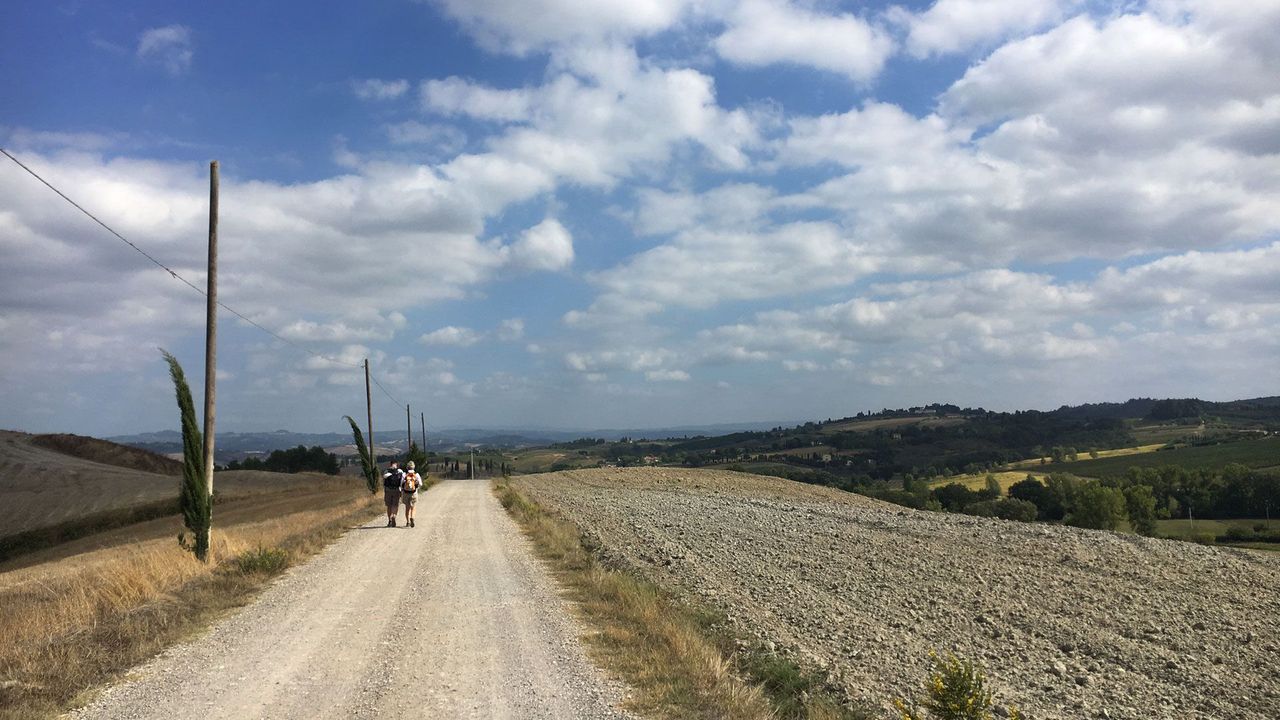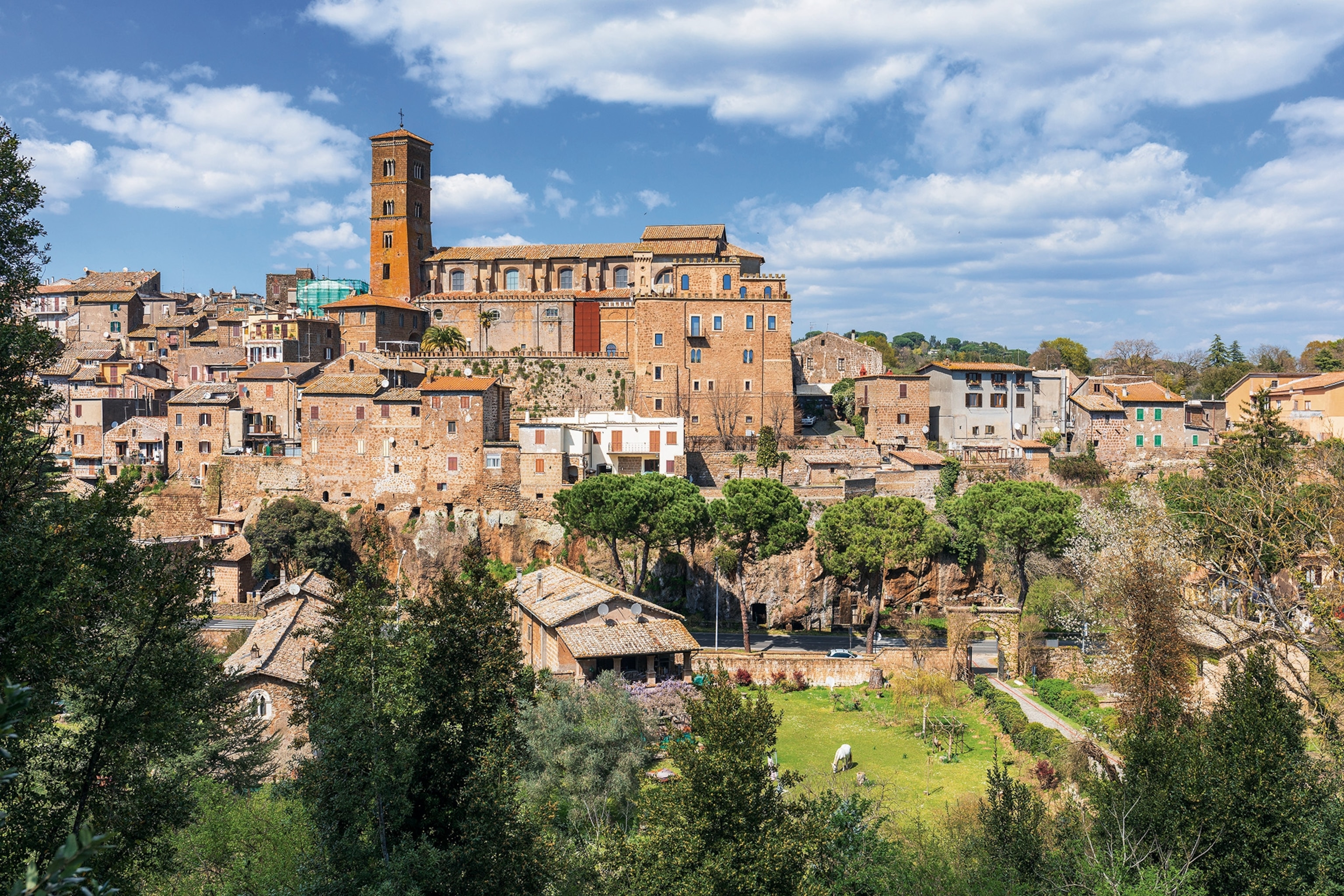The Via Francigena—literally, “the road that comes from France”—offers a transcendent experience for the modern pilgrim, presenting a slower, more historically resonant alternative to the famed Camino de Santiago. Unlike the Camino, this thousand-year-old network of roads did not begin as a pilgrimage route but evolved into one, originally serving as a vital artery connecting the Roman Empire with its northern territories. Its true historical significance was cemented in 990 CE, when Archbishop Sigeric the Serious walked it from Canterbury, England, to Rome to collect his official garment from the Pope, meticulously documenting his return journey. Today, walking the Francigena’s Italian stages is a journey through time, tracing ancient Etruscan holloways and medieval towns en route to St. Peter’s Basilica. This path is not merely a hike; it is a spiritual cleanse, a physical endurance test, and a moving piece of living history that culminates in the Eternal City.
From Roman Artery to Pilgrim’s Path
The historical function of the Via Francigena long preceded its spiritual reputation. The route’s foundations lie in the very roots of Italian history, tracing over ancient Etruscan holloways—sunken roads carved between 800 and 300 BCE. These paths were later deepened by the continuous footfall of Roman legions and, subsequently, Frankish knights, establishing the route as a major military and trade artery linking Rome to the north of Europe, including territories as far as Britannia.

It wasn’t until the Middle Ages that the road truly became a pilgrim highway. Rome, as the spiritual home of St. Peter and the center of the Catholic world, attracted countless pellegrini (pilgrims) seeking spiritual merit and the blessing of the Holy See. While the route was heavily used, it lacked the organizational structure of the later Camino de Santiago, remaining a quieter, more fragmented network of trails. This less-traveled nature is part of its modern charm, allowing pilgrims to step further back in time and connect intimately with overlooked towns and ancient landscapes.
Sigeric the Serious: The Blueprint of the Francigena
The 10th-century journey of Archbishop Sigeric of Canterbury is the single most important document that defined the Via Francigena for posterity. In 990 CE, Sigeric embarked on a mammoth 1,200-mile journey across four modern countries (England, France, Switzerland, and Italy) to reach St. Peter’s Basilica and receive the pallium (his official woolen vestment) from the Pope.

Crucially, Sigeric chronicled his 80-stage return trip in detail, noting every single stopping point. This itinerary provided an invaluable, practical blueprint for medieval travelers and serves as the authoritative guide for the modern, officially designated route. Tackled in its entirety, the modern Via Francigena remains a challenging, approximately 100-day trek. However, most contemporary pilgrims, taking inspiration from Sigeric’s documentation, choose to walk key stages—particularly the final 60 miles through the Italian region of Lazio—to reach the Eternal City.
The Italian Leg: A Journey Through Lazio’s Living History
The final stages of the Via Francigena, especially those running through the volcanic landscape of Lazio towards Rome, offer a unique blend of natural beauty and historical immersion. Pilgrims trace the ancient Etruscan holloways, which have been deepened by centuries of passage, and pass through rarely visited hilltop towns.

The trail’s power lies in its simplicity and the tangible connection to the past. Travelers encounter landmarks steeped in history, such as the groves and rock-faces honeycombed with Etruscan tombs near the Valle di Tinozza. The springtime in Lazio brings a regional transformation, with cobbled towns bursting with early artichokes and woodlands carpeted in cyclamen, enhancing the sensory richness of the journey. The pilgrimage is often characterized by encounters with fellow travelers—from Benedictine monks on bikes to non-religious hikers—all drawn by the “call from within,” a shared, invisible force that encourages the wandering life.
Purification and Persistence: The Pilgrim’s Reward
Beyond the historical sights, the essence of the Via Francigena remains the profound personal journey and the concept of purification through suffering. Pilgrims often recount the physical endurance required, facing elements that Sigeric and his contemporaries also endured. As one elderly local noted while filling his pipe in the rain, “La pioggia lava tutto”—rain cleans everything—echoing the spiritual belief that enduring the elements somehow cleanses the soul.

The final approach to Rome presents one last challenge: scaling Monte Mario, the city’s tallest hill. From this height, the sight of St. Peter’s Basilica, its gilded dome rising above the ancient spires of Rome, delivers the ultimate reward. The final, dream-like walk through the baroque avenues, heavy with orange blossom, leads directly to the Renaissance splendor of St. Peter’s Square, completing the thousand-year-old journey. The final, simple pleasures—a long walk and a good meal—become a powerful, eternal reward after traversing history.




